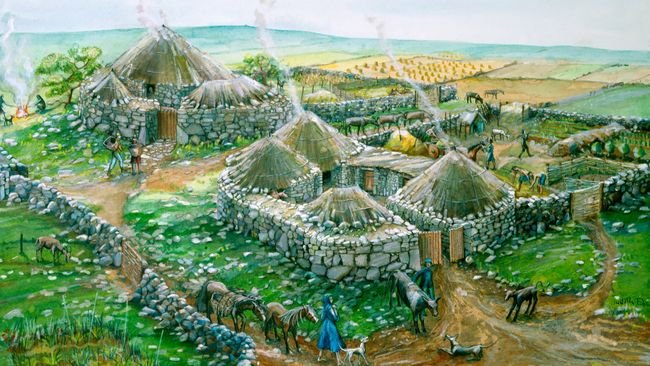Ancient artz, also known as old art, reflects the creativity and skills of early civilizations. From antique art to traditional art, these timeless techniques continue to inspire modern artists. This article explores the earliest art forms, their significance, and how they shaped today’s artistic world.
The History of Ancient Artz
The origins of ancient craft date back thousands of years. Early humans expressed emotions, beliefs, and stories through early art on cave walls, pottery, and sculptures. Over time, various cultures developed unique styles, leading to the evolution of classical art.
Prehistoric Art: The First Creative Expressions
One of the earliest forms of old skill was cave paintings. These artworks, found in locations like Lascaux in France, depicted animals and hunting scenes. Created with natural pigments, they showcased the old craft techniques of blending colors and textures.
Egyptian Art: A Symbol of Immortality
The Egyptians mastered antique art by painting tombs and temples. Their artwork symbolized life, death, and the afterlife. Hieroglyphics and murals featured detailed human figures, gods, and nature scenes, emphasizing symmetry and balance.
Greek and Roman Classical Art
Greek and Roman artists focused on classical art, which highlighted realism, proportion, and beauty. From marble statues to fresco paintings, their old art techniques influenced the Renaissance and beyond.
Asian and Middle Eastern Traditional Art
Asian ancient technique involved calligraphy, silk paintings, and intricate sculptures. Chinese ink wash paintings and Japanese woodblock prints are prime examples of early art that emphasized nature and philosophy. Meanwhile, Persian miniatures and Islamic geometric patterns showcased old craft in architecture and manuscripts.
Medieval and Renaissance Art
During the medieval era, traditional art focused on religious themes, often using stained glass and illuminated manuscripts. The Renaissance revived interest in old skill, blending science and art to create masterpieces like Michelangelo’s frescoes and Leonardo da Vinci’s portraits.
Techniques of Ancient Artz
Ancient artists developed various methods that are still admired today. These antique art techniques included:
- Fresco painting – Applying pigments on wet plaster for lasting wall art.
- Mosaic art – Creating images using small colored tiles or stones.
- Sculpture carving – Crafting statues from stone, wood, or clay.
- Metal engraving – Designing intricate patterns on gold, silver, and bronze.
Each technique showcased the ancient craft of the time, demonstrating patience, precision, and creativity.
The Influence of Ancient Artz Today
Modern artists draw inspiration from old art by integrating traditional elements into contemporary works. Digital design, tattoo art, and handcrafted jewelry often reflect early art techniques. Museums and restoration projects preserve these treasures, ensuring that ancient techniques remain relevant.
Conclusion
Ancient artz is more than a historical relic; it’s a testament to human creativity. From antique art to classical art, these timeless expressions continue to shape modern aesthetics. Whether through old skill or innovative interpretations, the beauty of traditional art lives on.
FAQs
1. What is ancient artz?
Ancient artz refers to early art forms created by civilizations through painting, sculpture, and decorative techniques.
2. What are some famous ancient art techniques?
Popular techniques include fresco painting, mosaics, sculpture carving, and metal engraving.
3. How does ancient art influence modern art?
Modern artists incorporate traditional art styles, motifs, and techniques into digital, street, and fine art.
4. Where can I see ancient artz?
Museums like the Louvre, the British Museum, and the Metropolitan Museum of Art exhibit classical art masterpieces.
5. Why is ancient art important?
Ancient craft preserves cultural heritage, teaches history, and inspires new artistic movements.
